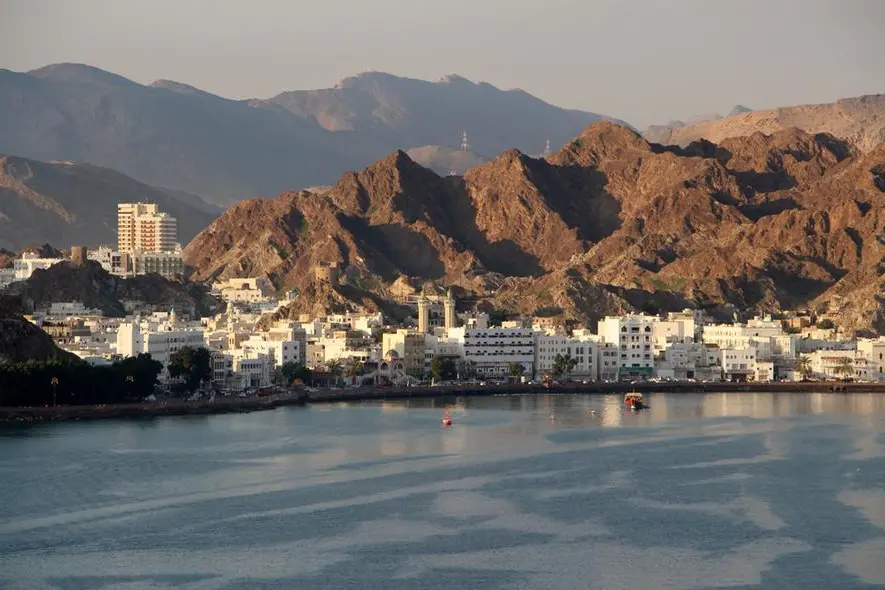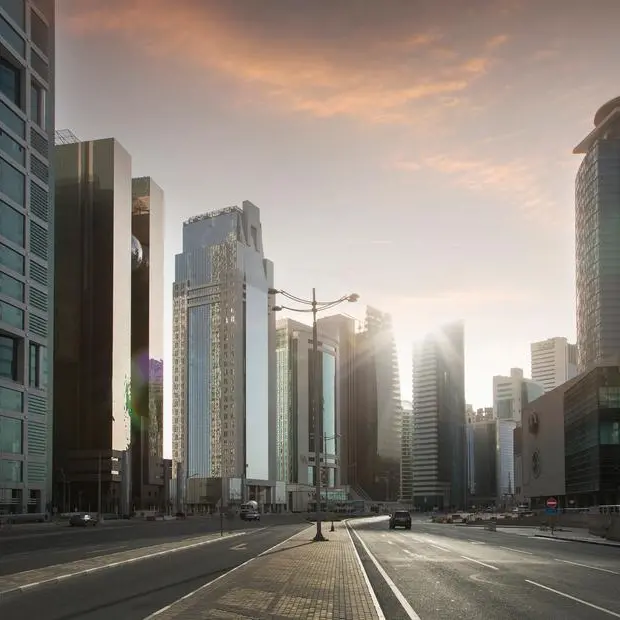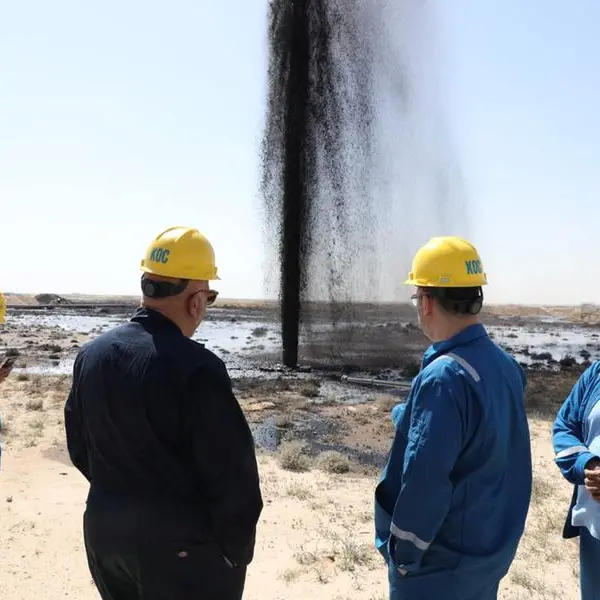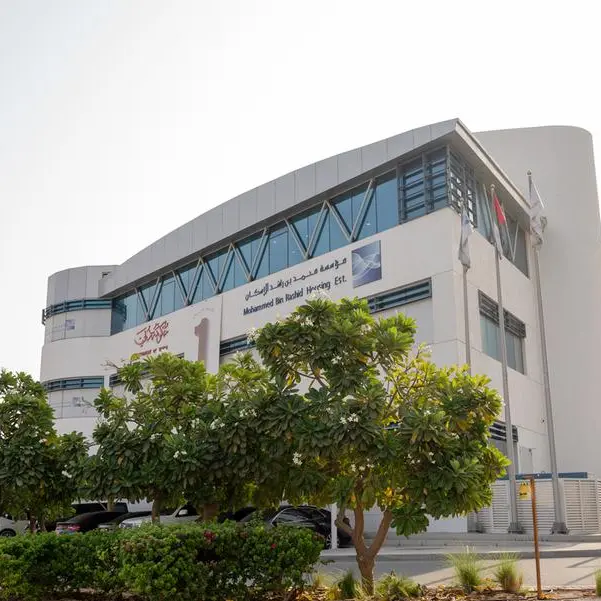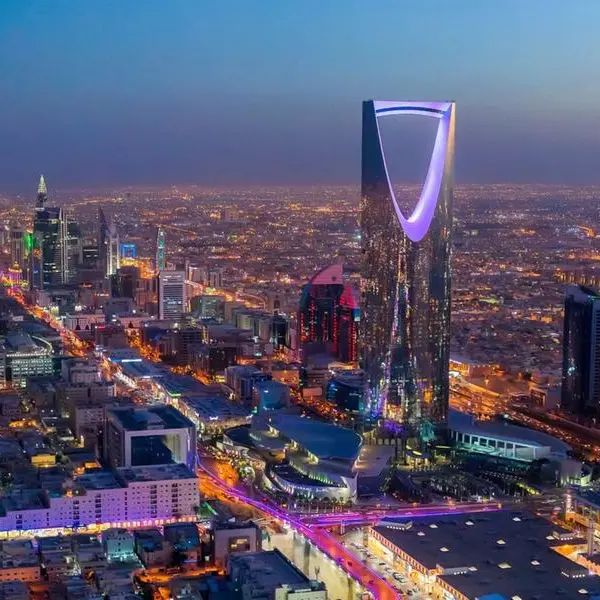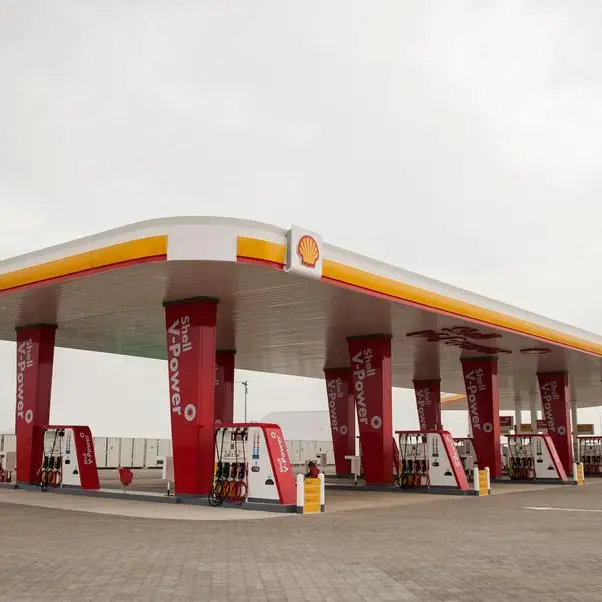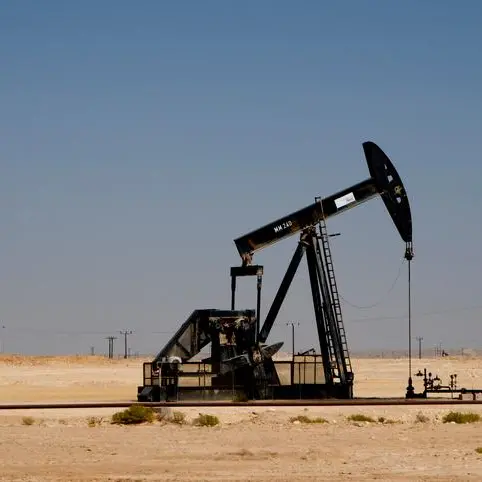PHOTO
THE need for a specialised financial centre has never been more apparent as Oman charts its course toward achieving the ambitious goals outlined in Oman Vision 2040 and net zero by 2050. Oman can cater to its unique developmental needs and those of its trade partners, providing a tailored platform for investment, innovation, and sustainable growth. Drawing inspiration from successful models like the Astana International Financial Centre (AIFC) in Kazakhstan, Oman can create a distinctive financial hub that complements existing regional centres without directly competing, thereby enhancing its regional and global economic standing.
A dedicated financial centre would provide the necessary infrastructure and regulatory framework to attract foreign direct investment (FDI) that seeks an operating environment like offshore financial centres. It would support local businesses too. It would catalyze economic diversification, offering a platform for raising capital, developing financial products, and facilitating cross-border trade and investment.
Oman’s international financial centre could be designed to complement existing hubs such as Dubai International Financial Centre (DIFC), Abu Dhabi Global Market (ADGM), or Qatar International Financial Centre (QIFC). Oman’s centre could adopt a pragmatic and specialised approach tailored to its unique strengths and strategic objectives, and serve its developmental needs. The AIFC has successfully positioned itself as a bridge between East and West, offering specialised financial services in Islamic finance, green finance, and fintech. Oman can focus on sectors aligned with its strategic goals, such as green finance to support its net-zero strategy and Islamic finance to cater to regional demand. Oman needs to have all the required investments in place and operational by 2030 if the desired net zero target is to be reached.
The AIFC offers several valuable lessons for Oman. For example, the AIFC strategically targeted niche areas to differentiate itself from other financial centres. Oman could similarly focus on green finance to fund sustainable projects, develop renewable energy infrastructure, upgrade its existing utility infrastructure, and support Oman’s commitment to net-zero emissions by 2050 as well as the socio-economic targets of Oman 2040.
Another valuable lesson is the AIFC's flexible legal framework. The AIFC operates under a common law framework combined with sovereign law, where common law precedents are used to interpret and apply national legislation. This has been combined with independent arbitration and regulatory bodies, making it attractive to international investors seeking legal clarity and protection. The AIFC chambers have jurisdiction over all disputes arising from financial transactions that have been conducted under its aegis. Oman could implement a similar legal framework, combining international best practices with local adaptations to ensure a secure and predictable business environment.
In addition, the AIFC offers tax exemptions, simplified visa procedures, and other incentives to attract businesses and investors. Oman could develop its own set of incentives to enhance its appeal, such as tax benefits for green investments, fast-track licensing for fintech startups, and streamlined procedures for foreign businesses. While Oman is currently adopting several initiatives serving similar ends, an international financial centre would consolidate all such initiatives in one financial cluster.
To justify the establishment of a financial centre in Oman, a thorough cost-benefit analysis is essential. If done properly and in partnership between the public and private sectors as well as Oman’s trading partners and economic allies, the benefits will most definitely outweigh the costs.
Firstly, an international financial centre would create a conducive environment for attracting FDI, particularly in green finance and sustainable development projects. For instance, if Oman were to increase its FDI inflows by even 10 per cent, it could add approximately RO 461.5 million to its GDP, based on 2021 FDI data.
Secondly, the proposed IFC could create thousands of direct and indirect jobs, ranging from finance professionals and legal experts to support services. Moreover, it would help build local capacity and expertise in specialised areas such as Islamic finance, fintech, and green finance, supporting long-term human capital development.
Thirdly, Oman could position itself as a gateway for investment flows between Asia, Africa, and Europe. It could leverage its international standing, strategic location and strong maritime infrastructure to facilitate trade finance, boosting the economy by enhancing the ease of doing business in the region.
Fourthly, Oman’s financial centre could attract investments that align with its net-zero strategy. Green bonds and sukuk, sustainability-linked loans, and other financial instruments could be developed and marketed through the centre, funding renewable energy projects, energy efficiency initiatives, and sustainable infrastructure development.
Fifthly, Oman’s international financial centre could serve as a platform for regional and international cooperation. By fostering partnerships with other financial centres, such as the AIFC, DIFC, ADGM, and QIFC, Oman could promote a more integrated financial ecosystem that enhances regional stability and growth as well as responds to the needs of the BRICs economic bloc.
Finally, Oman could position itself as a leader in financial innovation and sustainability. By integrating ESG principles into its financial centre’s operations, Oman could attract a growing number of investors seeking ethical and sustainable investment opportunities.
Establishing an international financial centre in Oman offers a compelling case for meeting the country’s developmental needs while contributing to regional and global economic stability. By tailoring its approach to local strengths and strategic goals, Oman can create an international financial hub that fosters innovation, attracts investment, and supports sustainable growth, providing a platform for economic diversification, environmental stewardship, and social development.
2022 © All right reserved for Oman Establishment for Press, Publication and Advertising (OEPPA) Provided by SyndiGate Media Inc. (Syndigate.info).
Ahmed al Mukhaini
